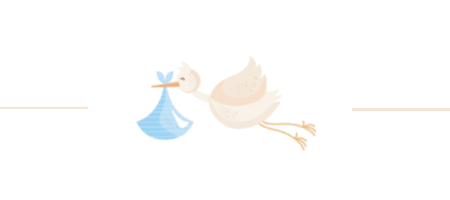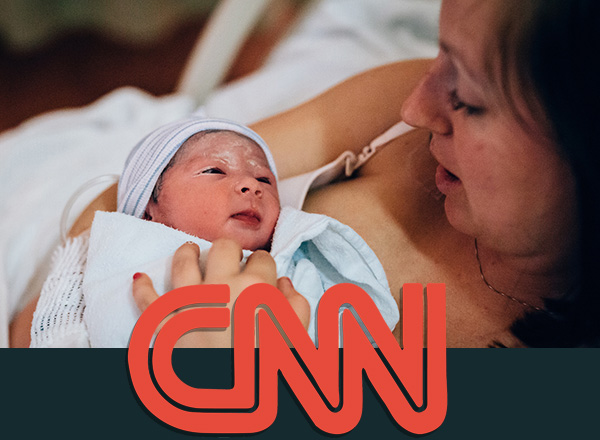Assisted Hatching
Assisted hatching is a procedure in which the outer layer (Zona Pellucida) of the embryo is either thinned or opened to facilitate hatching.
The zona pellucida (ZP) of human eggs and embryos is an outer acellular layer with different roles during fertilization and embryo development. The main function of the ZP after fertilization is the protection of the embryo against hostile uterine factors and maintaining its integrity during the migration through the reproductive tract.
However, once the embryo reaches the uterus, it must get out of the ZP (hatching) to attach to the womb. In some cases, zona pellucida becomes unusually hard after fertilisation, thus inhibiting embryo hatching and reducing the chances of implantation.
However, it is important to mention that even though assisted hatching may enhance the pregnancy rates, some embryos might be damaged due to these interventions. Therefore, it is not recommended as the first line of treatment. In general, it is preferred for women above the age of 40 and in patients with repeated implantation failures in IVF cycles.

Free Online Consultation with Dr Thanos Paraschos and his team
The procedure of Assisted Hatching
There are many known methods used for assisted hatching. One procedure entails opening a small hole in the embryo's outer layer using laser technology. It is important that the hole created in Zona Pellucida is large enough to avoid trapping the embryo during hatching but not so large that it allows blastomere loss.
Another method involves thinning the zona, using special enzymes without complete lysis and perforation. The embryologists perform both procedures in the lab using specialized equipment for embryo manipulation under the control of high-powered microscopes. Assisted hatching is performed separately for each embryo.

Who should be treated with assisted hatching?
The most commonly used indications for assisted hatching with an in vitro fertilization case are:
- Age factor / Couples having IVF with the female partner's age over 37
- Egg quantity and quality factor - Couples in which the female's day 3 follicle-stimulating hormone (FSH) level is elevated
- Embryo quality factor - Couples having IVF with poor quality embryos (excessive fragmentation or slow rates of cell division)
- Zona factor - Couples having IVF with embryos that have a thick outer shell (zona pellucida)
- Previous failures - Couples having IVF that have had one or more previous IVF cycles that failed. In our IVF clinic, we use assisted hatching on just about all cases - because we think it increases the pregnancy and delivery rates.
How is assisted hatching performed?
- The embryo is held with a specialized holding pipette.
- A very delicate, hollow needle is used to expel an acidic solution against the outer "shell" (zona pellucida) of the embryo.
- A small hole is made in the shell by digesting it with the acidic solution.
- The embryo is then washed and put back in culture in the incubator.
The embryo transfer procedure is done shortly after hatching. Embryo transfer places the embryos in the woman's uterus, where they will hopefully implant and develop to result in a live birth.
Pregnancy rates
Pregnancy rates for in vitro fertilization procedures with assisted hatching have been shown in some published studies to be higher than for IVF without hatching. There is an improvement in the rate of embryo implantation and pregnancy in our IVF clinic with the use of assisted hatching. Apparently, this benefit is not seen in all IVF programs.
It is possible to damage embryos with hatching and lower the pregnancy rate in a program. Therefore, it is essential that if assisted hatching is done, it must be expertly performed by properly trained embryologists.
The actual pregnancy and live birth rates seen in an individual IVF center will vary according to the hatching technique used, the overall quality of the laboratory, the skill of the individual performing the hatching, the embryo transfer skills of the physician, and other factors.

